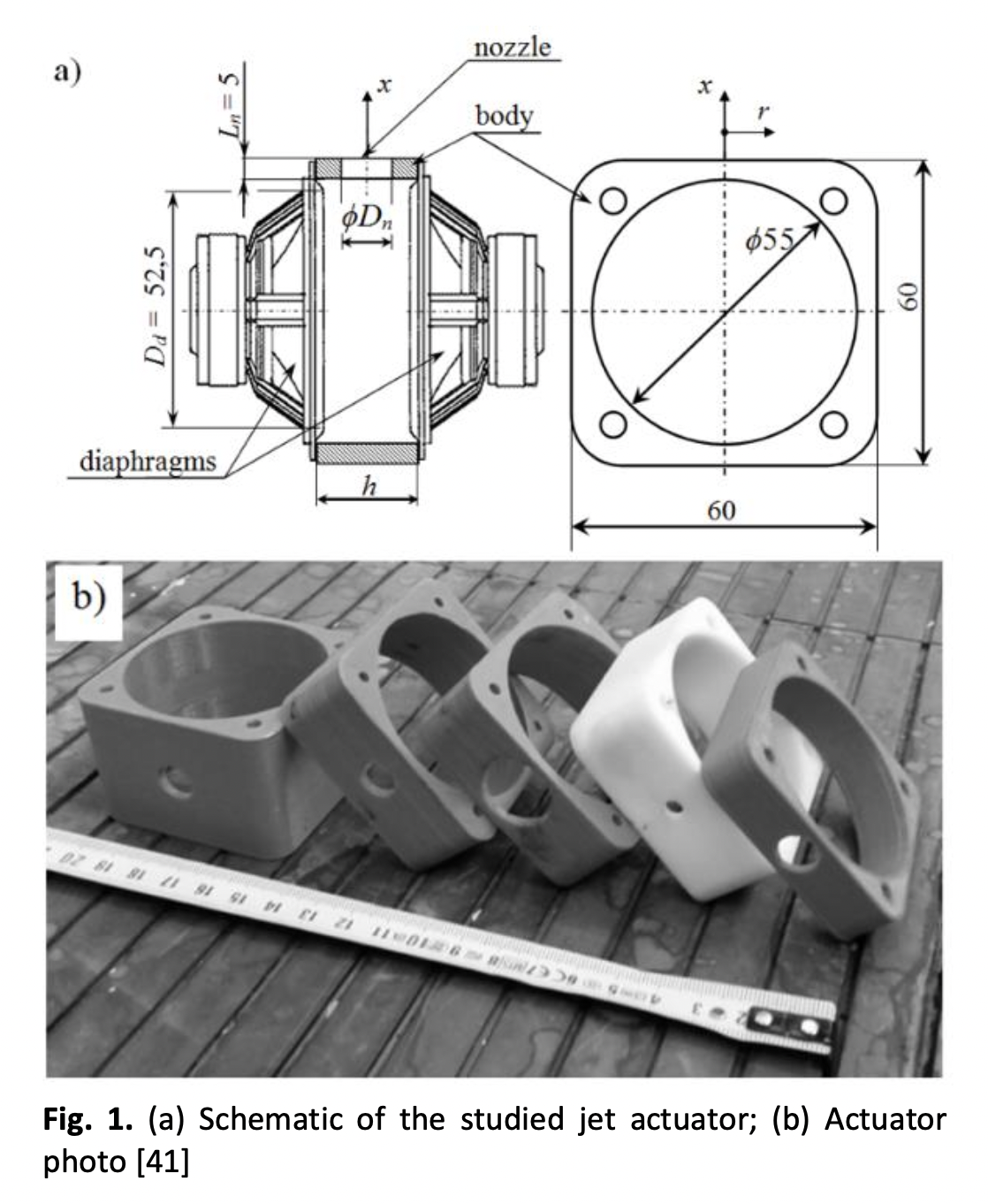A Review of Experimentation of Synthetic Jet Cooling
DOI:
https://doi.org/10.37934/arfmts.109.2.2738Keywords:
Synthetic Jet (SJ), Synthetic Jet Actuator (SJA), heat transfer, cooling, experimentalAbstract
As the electronic device is becoming more advance, the traditional cooling fan in becoming more constrained to its limited dimensions or space. The compact electronic devices with substantial power requirements and tiny electronic components are prone to overheating. This is because these devices dimensions make heat transmission less efficient, making the overheating more likely. Because of the increasing need for smaller devices, makers of electronic components are being compelled to pack transistors into ever-smaller places. This has led to an increase in the amount of overheating that occurs because thermal flow is being constrained. The current period, with its thin and compact electronics, calls for an improved method of cooling, and the synthetic jet-cooling technique will be the subject of the attention of this particular piece of research. The purpose of this study is to discuss the working principles and numerical technique for the synthetic jet cooling that was used in the earlier investigations which investigate the frequency, the distance between synthetic jet and heater, size of the synthetic jet nozzle and size of the synthetic jet volume. In order to make additional progress in enhancing the advancement of synthetic jet technology, it is vital to reviews relevant past research that falls within the area of the study. In addition, as compared to experimental efforts, the numerical technique may result in cost savings and time savings. The use of numerical simulation is essential for accelerating the improvement of the synthetic jet product since it opens up a large potential in the use of electronic devices.
Downloads

































